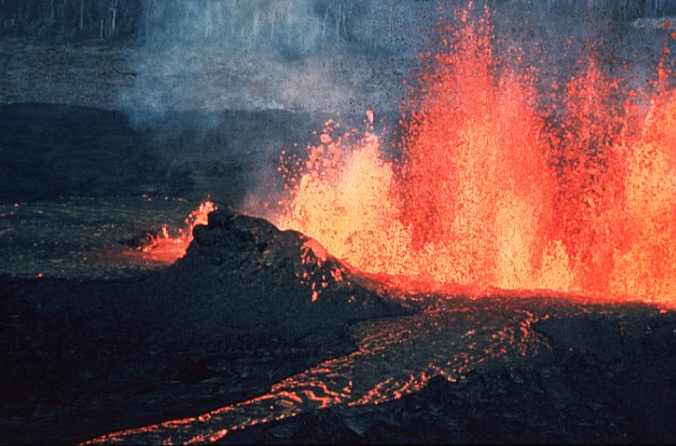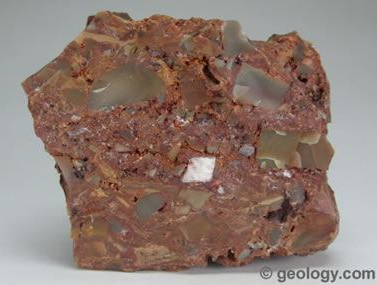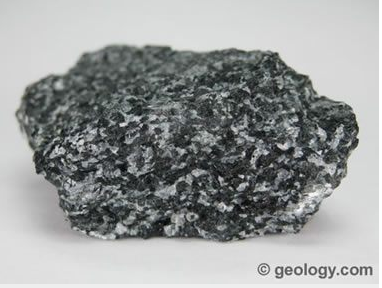How are sedimentary rocks different from igneous and metamorphic rocks?
1 Answer
Mar 6, 2018
See details below...
Explanation:
The foundation of geology is the study of igneous, sedimentary and metamorphic rocks. The types of rocks are interconnected by a set of processes called the rock circle.
- Igneous rocks form when magma or lava cools and hardens. When the red hot lava cools, a dark-colored igneous rock called basalt will form. If this melted material had stayed deep beneath Earth’s surface, a very different kind of igneous rock would have been produced as the material cooled. Different kinds of igneous rocks form when magma and lava cool and harden.
The word igneous comes from the Latin word ignis, which means “fire.” Perhaps that is why people often associate igneous rock with fiery volcanic eruptions.
There are two types of Igneous rocks:
- Intrusive igneous rock are form when magma hardens beneath Earth’s surface.
- Extrusive igneous rock is when lava hardens.

(https://en.wikipedia.org/wiki/Igneous_rock) - Sedimentary rocks
All sedimentary rocks begin to form when existing rocks are broken down into sediments. The word sedimentary comes from the Latin word sedimentum, which means “settling.” Sedimentary rocks form when solids settle out of a fluid such as water or air.

https://geology.com/rocks/sedimentary-rocks.shtml) - Metamorphic rocks
Recall that metamorphic rocks form when existing rocks are changed by heat and pressure. Metamorphism is a very appropriate name for this process because it means to change form. Rocks produced during metamorphism often look much different from the original rocks, or parent rocks.

(https://geology.com/rocks/metamorphic-rocks.shtml)
Thus,
The difference is that:
Sedimentary rocks are usually formed under water when grains of broken rocks are glued together while igneous rocks form when melted rock (magma or lava) cools and metamorphic are rocks that once were igneous or sedimentary rocks but have been changed by pressure and temperature.

